10 / Field trip by Kevin S. '19
Art, science, and agriculture in Palestine
To set the mood: Feeling Blue
“When I’m in New York I listen to Palestinian hip hop, but when I’m in Palestine, I listen to the blues.”
— Nida Sinnokrot, Palestine Blues
Spring break, I embarked on a site visit to a small village next to Ramallah, Palestine, with my HASS class, 4.314 Common Ground: Art, Science & Agriculture, offered under the MIT Program in Art, Culture and Technology (ACT).
I signed up for this class out of the blue, not really knowing what I was getting myself into. The syllabus sounded interesting, and I wanted to do something totally out of the ordinary, something beyond the confines of computer science or even STEM.
The course description read:
The history of art is also a history of agriculture, marking humanity’s complex relationship with the land…In this era of impending climate catastrophe, it is essential to seek diverse knowledges and build new narratives around humanity’s relationship to the environment.
and suggested that we’d:
examine historic typologies of Palestinian architectural and agrarian technologies, bringing them into conversation with contemporary technoscientific and artistic discourses … and travel to Palestine over spring break to study Sakiya’s physical site and work with the local community to build prototypes of their projects.
After the first class, I was sold. I even passed up an offer to skate in a charity show the weekend we’d depart for Palestine. But this was an opportunity I couldn’t pass up. I took a leap of faith and was ready to be out of my depth. I was also looking into ways I could intersect my technical background with an entirely different domain.
I mean…what better time to try than senior spring?
We spent the first day exploring the Old City of Jerusalem and some of its holy sites. I was amazed with the hustle and bustle and the flow of people, conversation, and goods to and from shops and storefronts and in between narrow and winding footpaths and alleyways and streetcorners.












After enjoying a refreshing family-style breakfast consisting of generous portions of various varieties of fresh humus, spreads, vegetables, and breads, we did some shopping, picked up some local pastries and fruits, and headed to the Rockefeller Museum, exploring a rich collection of local archaeological artifacts dating back to some of the world’s oldest civilizations.
We then crossed some checkpoints and arrived at the base of Sakiya, the top accessed only by foot (or donkey). After a short but challenging hike up to the top of the main hill, we were rewarded by the most stunning sunset, the perfect culmination of a long day’s worth of travels and sightseeing.
It was absolutely breathtaking, a sunset I’ll never forget. I’m still in awe.
The next morning, we explored historic dry-stone walls and mintars (dry-stone homes) that weave in and out of the landscape, and began our week-long inquiry into the local flora and fauna of the landscape as well. With the help of an agroecological professor, we engaged in a survey of the local wild relatives—including the ancestors of modern wheat and legumes, and even snacked on wild asparagus, almonds, mustard grass, and other tasty delights—and discussed the ecological impact of modern-day agricultural practices and technology in the region.


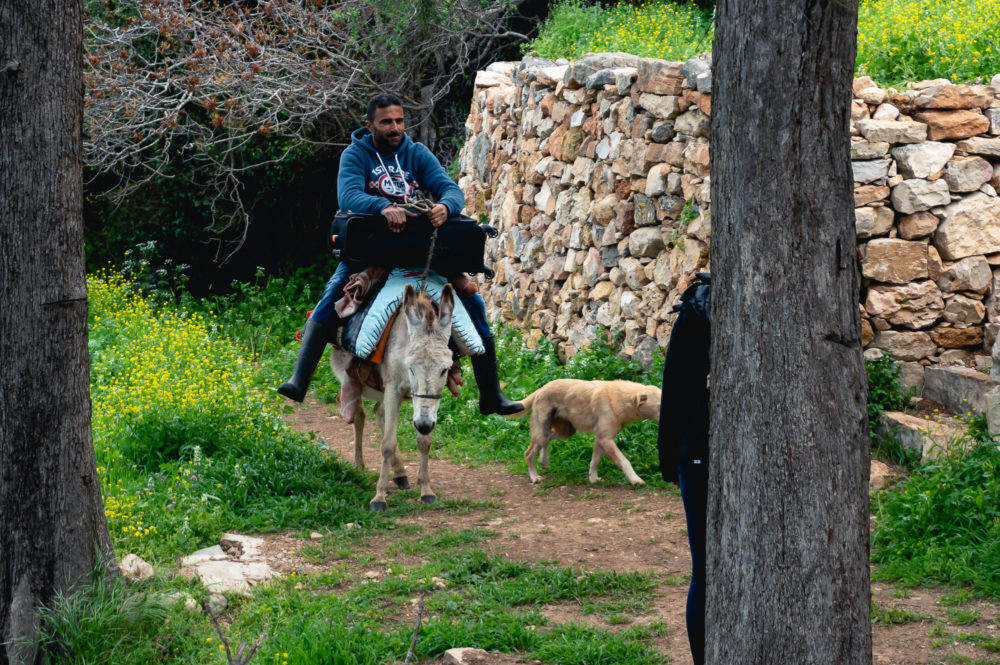
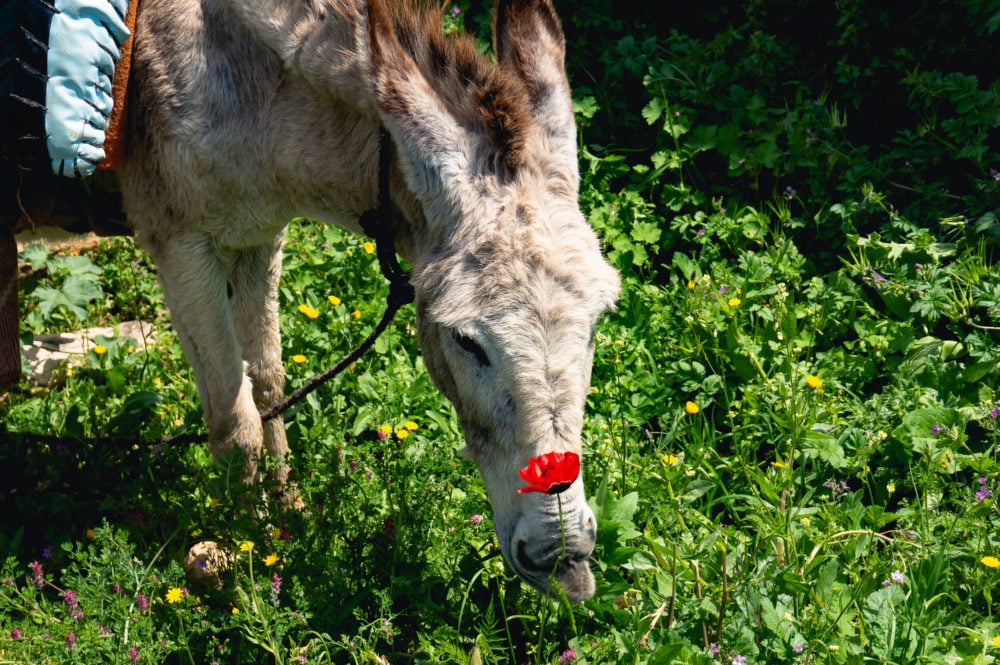







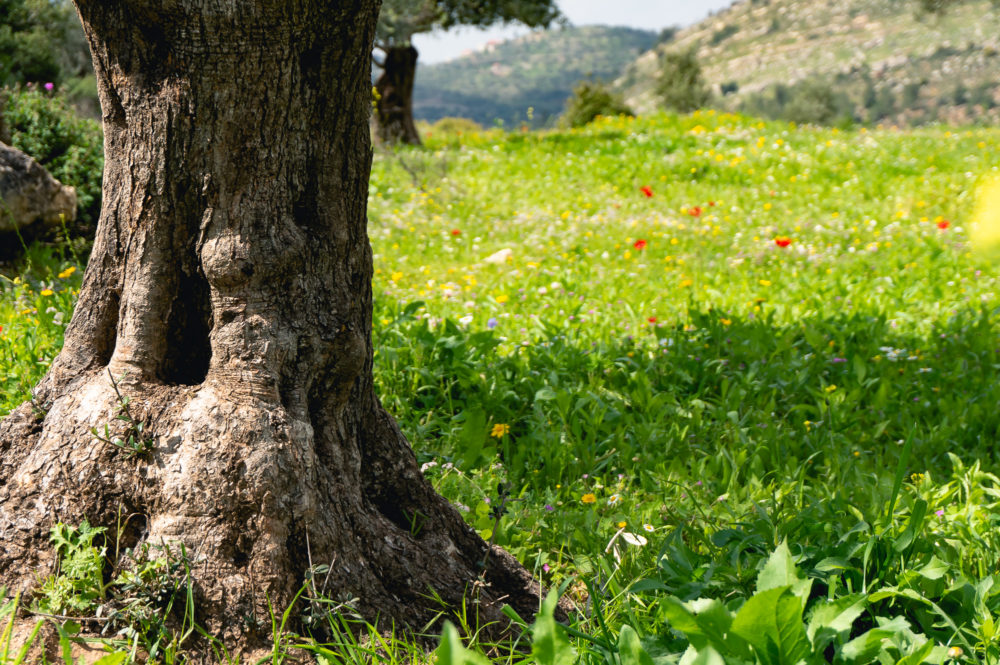



Before we arrived, my group prototyped a rocket stove to be developed and tested on site as part of our midterm project. We tested a scaled down version out of clay on campus, but one afternoon, we decided to test one on site out of the same stones used for the dry-stone walls.
Bridging their separate domain expertise into the intersection of art, science, and agriculture, my classmates worked on their own projects on site: soil chromatography, seed bombs, ceramics, glass-blowing, 3D imaging, and more.



The last few years, I’ve pursued human-computer interaction through various UROPs, classes, and projects. Since taking this course, however, I’ve surprised myself in starting to break away from human-centered exceptionalism and explore the implications of putting human-centric mental models at the forefront without a second thought on their impact on ecological sustainability.
Often, classes and even projects seem too theoretical and impractical beyond the confines of the classroom or academia, but this class has completely transformed the way I think and approach problem-solving. The literature we’ve read and discussed in class has enabled me to rationalize much more critically and intentionally about the things I build and my relationship with the land we live on, the technology we use, and the systems, infrastructure, and power dynamics that govern our communities—more so than any class I’ve taken, ever.
In fact, the most interesting classes I’ve taken have been my HASS classes, whether it’s in history, political science, theater arts, or languages. Each semester, it’s nice to take a step back from the psets and exams, explore a different domain, take on different modes of inquiry, make connections, explore parallels and alternate perspectives, and use all that to better inform how I approach my work within Course 6. This class, not only brought me to the other side of the globe, but has opened up an entirely new domain of inquiry that I’ll continue to debate and explore far beyond the confines of this course.
For my final project, however, although I intended not to work on anything digital or technical, I ended up focusing on a project that involves sensors and microcontrollers. You can never escape those hardy Arduinos! One afternoon, I quickly prototyped a mini weather station to collect temperature, humidity, and magnetic field data in a portable unit, and went around the hillside to capture data in dry-stone walls all around the site. I’m now using what I learned on site to design the next iteration of my project back here on campus.




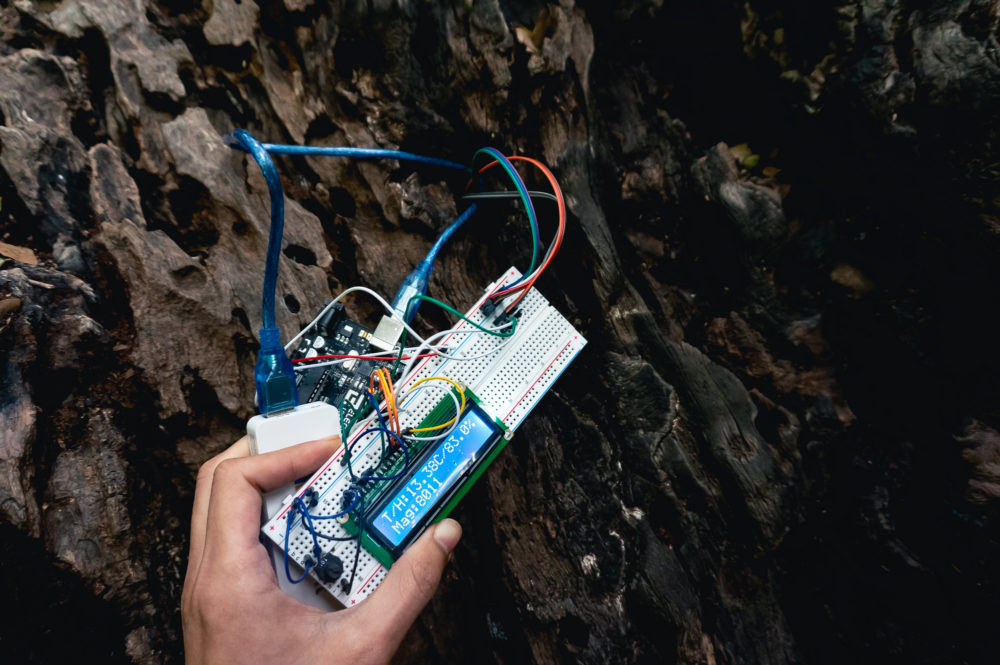
I wasn’t sure what to expect, but I loved how fresh and wholesome the foods we ate were. A local family cooked many of our midday meals and suppers with ingredients sourced locally, many even coming from Sakiya’s land too. Freshly baked pitas, rich humus, goat cheese, and labneh (thick yogurt), smooth olive oil and za’atar (dried thyme), refreshing tomatoes and cucumbers and citrus—I can still taste and smell it all.
We also tried stretchy ice cream, the predecessor to the ice cream we know and eat today. This was by far my favorite delicacy. The texture is so unique and fun and delicious, even in its plain form. Our professor suggested we all try the “taste of childhood,” a colorful combination of various fruity flavors popular amongst the younger crowd. Another favorite of mine is kanafeh, a hot desert made from sweetened cheese and other toppings.
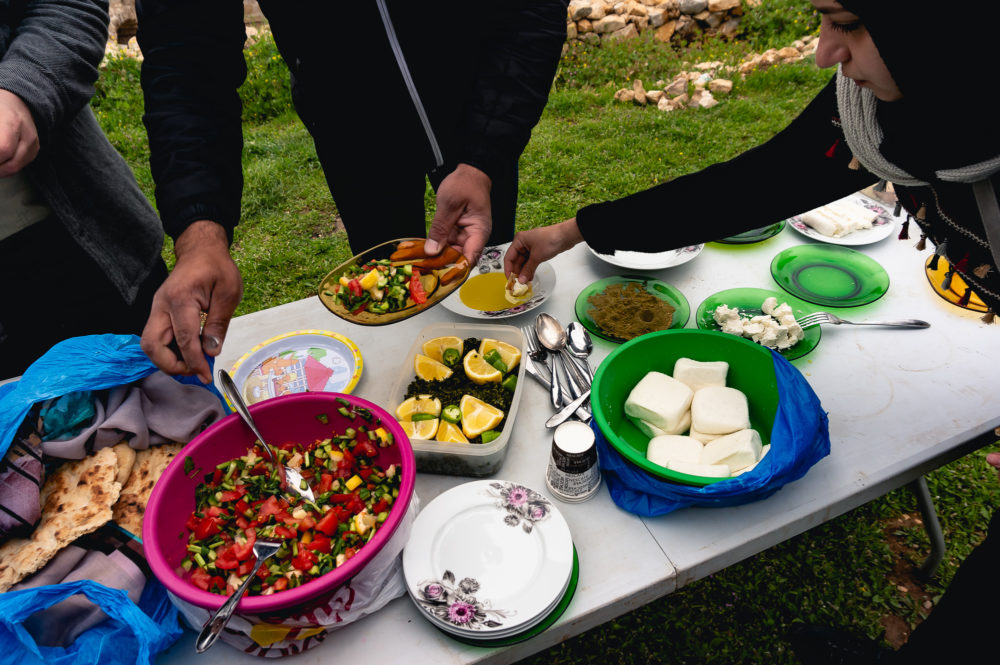



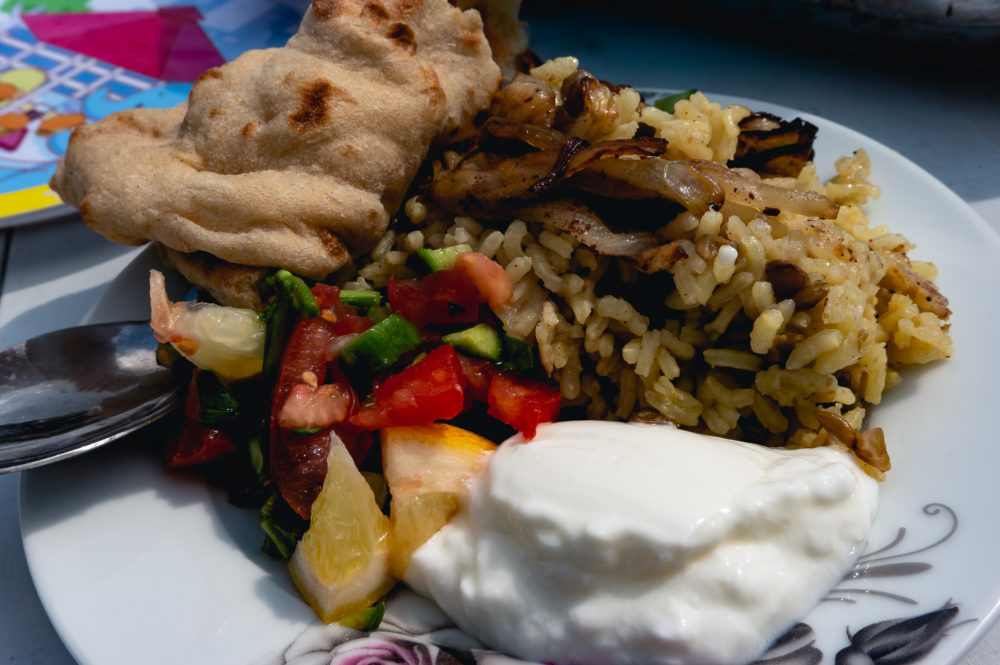


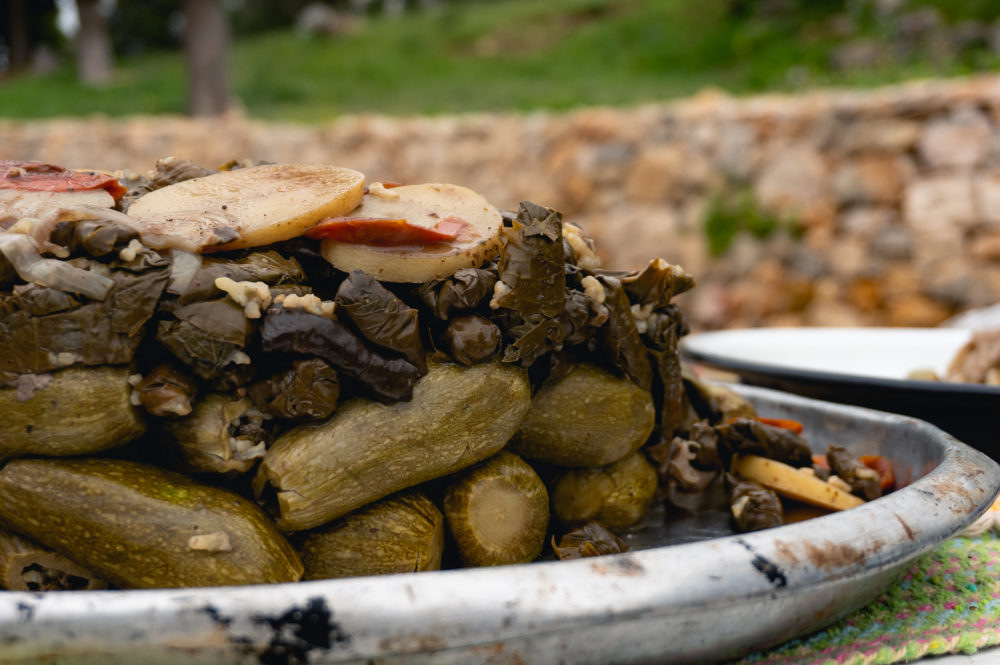

On a morning off, we got a chance to explore Ramallah and its shops and street-side vendors. Even in the morning, the whole city was bustling with people and energy. Another afternoon, we got a private tour of the Palestinian Museum and a sneak preview of its newest exhibition, Intimate Terrains: Representations of a Disappearing Landscape, quite pertinent to the themes that we’ve been discussing in class. Each piece was centered around one of the four themes: erasure, loss, fragmentation, and resistance, and how these themes can apply to any part of the world. Our professor even has a piece in the exhibition that we got to check out.

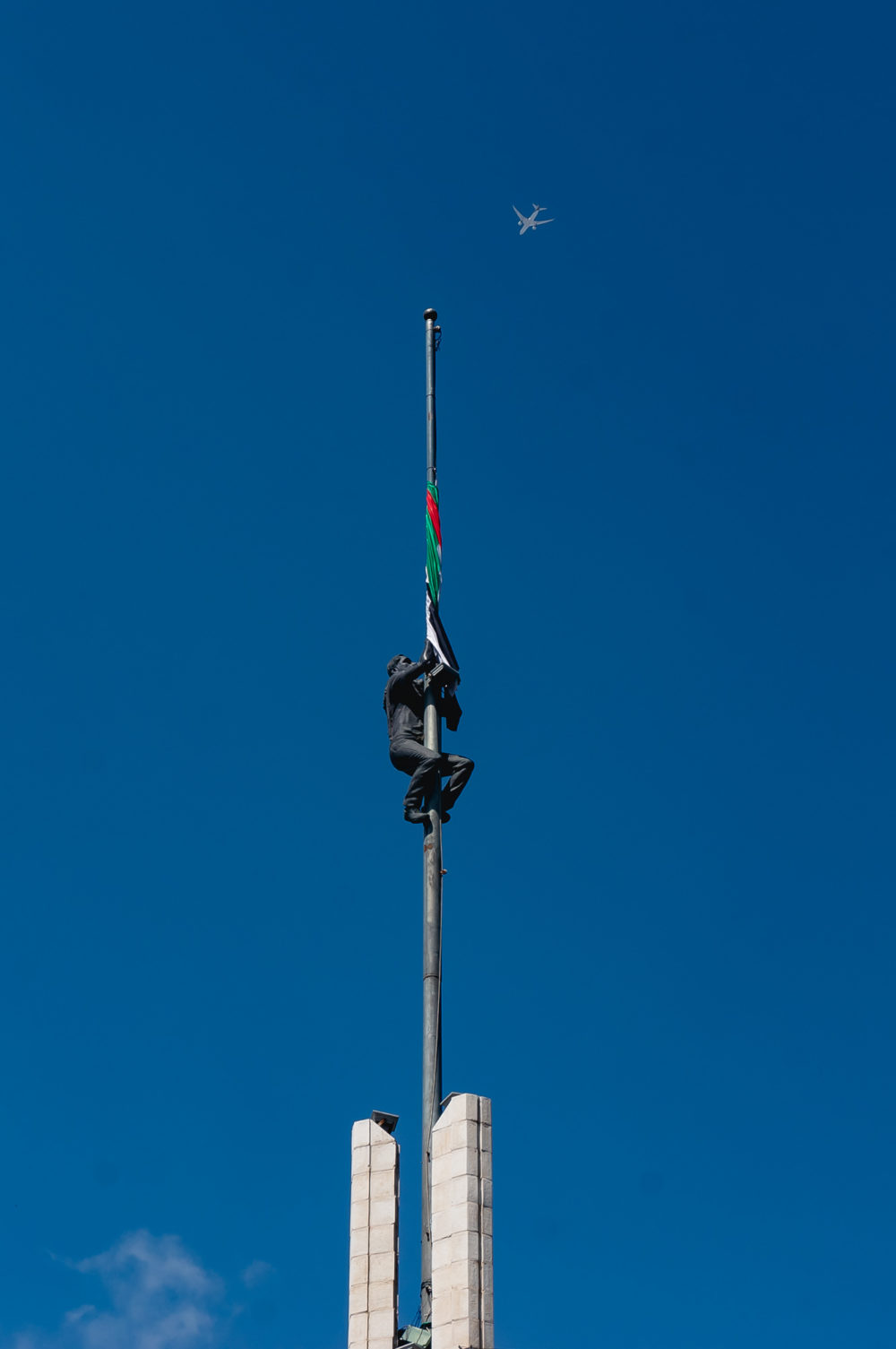









I spent most of the week off the grid. I cherished being temporarily outside the campus bubble, on a completely different continent, mostly disconnected from news, social media, and the drudgery of responding to emails, putting all my work for my other classes on pause. This was spring break after all.
Our days started fairly early and ended pretty late. But my goal for this trip was to soak everything in, the environment, people, and stories, apply what we’ve learned in class earlier in the semester in a true Mens et Manus fashion, find inspiration for my final project, my life, my career, and appreciate each and every moment we had here.
I spent many hours hiking, climbing rocks, exploring the hillside terrain and ecology, taking pictures, playing with Tutti the dog and Shareefa the donkey (my two new habibi‘s!), and sitting and staring out into the mountains, reflecting and internalizing my experiences here.
There is something just so beautiful about this place, Sakiya, so raw, pure and authentic. Maybe it’s because the landscape feels oddly familiar. It reminds me much of where I grew up in the Bay Area and the unique Mediterranean climate it offers.
Here, I was content and relaxed.




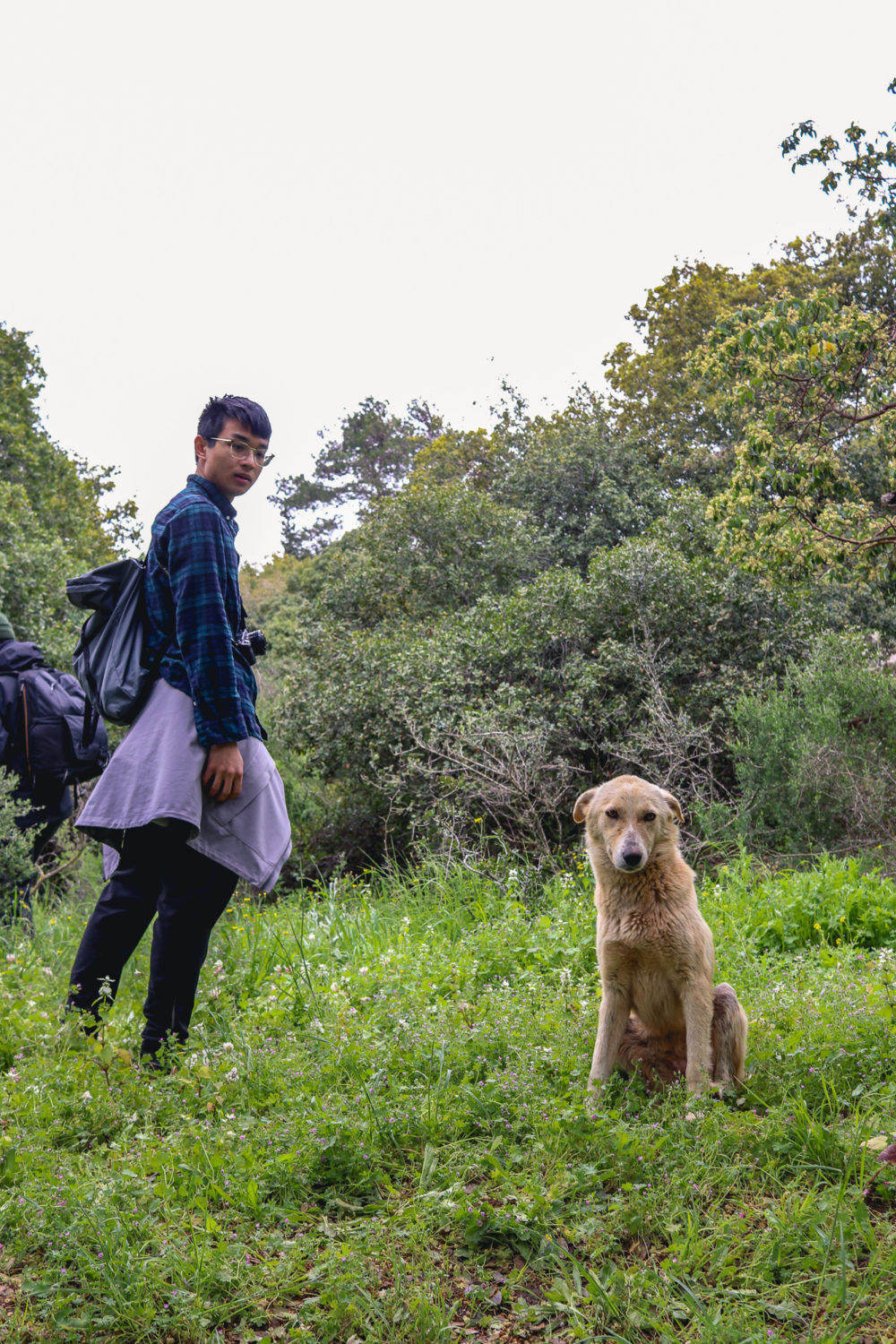

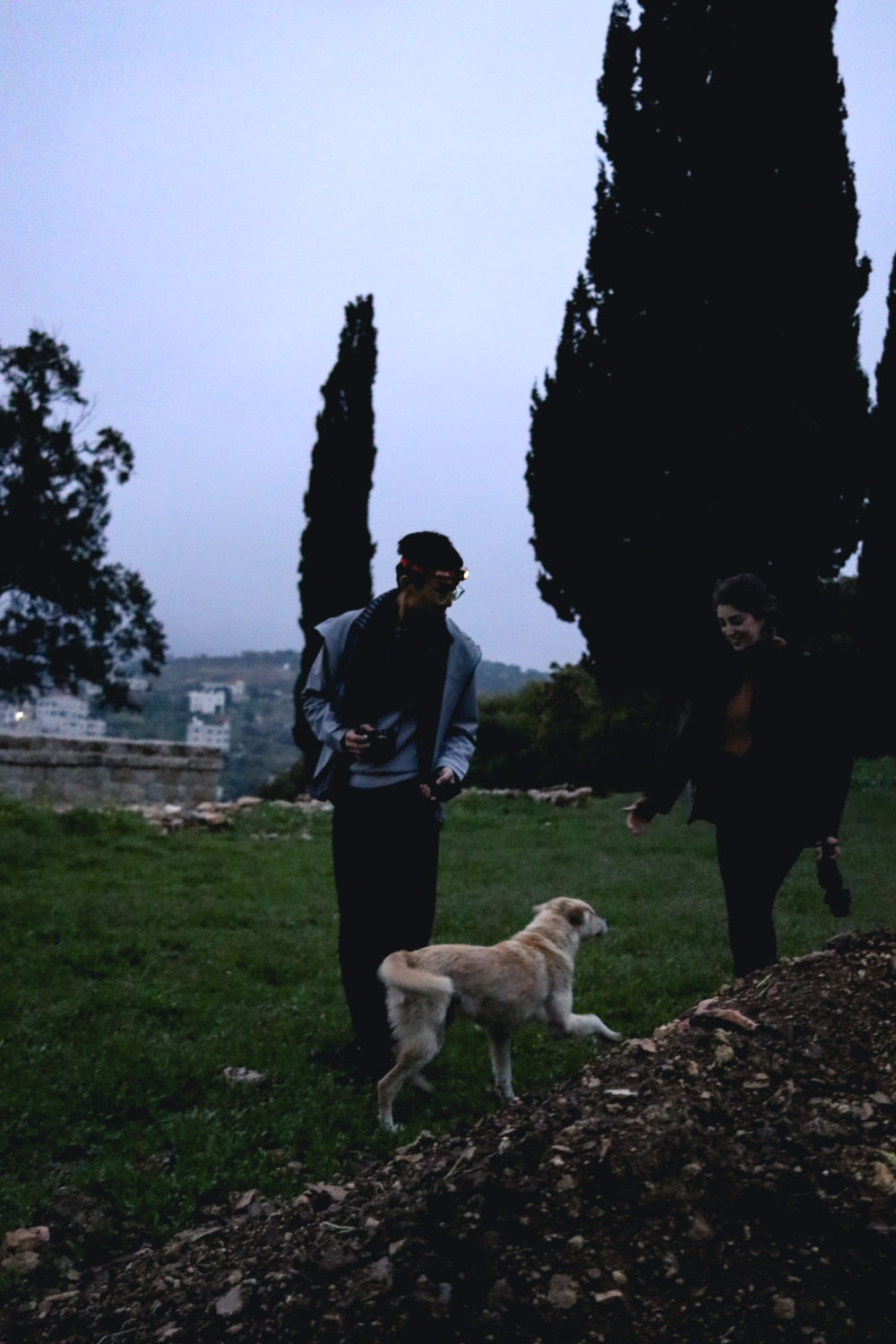
Near the end of the week, we spent an evening at a home of a local artist and, for hours and hours, were captivated by all these absolutely incredibly powerful and moving stories of strength, resilience, and beauty of the land and people through a showcase of a wide variety of Palestinian art pieces.
As I look back and reminisce about the week, beyond the stunning sunsets and landscape, I will forever cherish how warm and welcoming everyone was to each of us throughout our trip. It has hard to say goodbye.
شكراً




